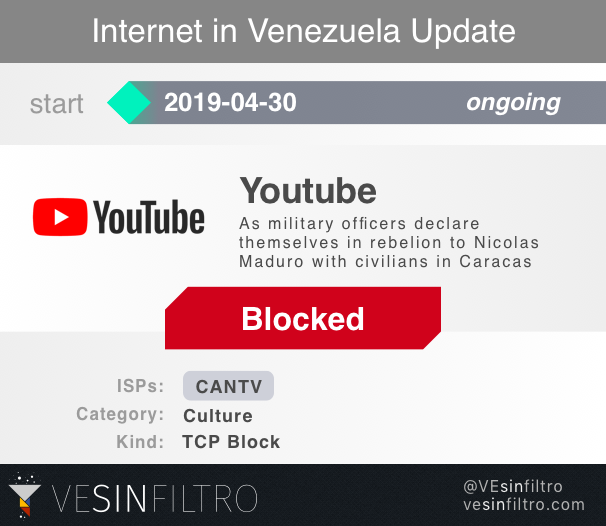- census tracts, which each have roughly the same amount of people (2,500-8,000)
- hexagons, which contain the same geographic area
- political boundaries, if your use case warrants
Keep Current with Lyzi Diamond
This Thread may be Removed Anytime!
Twitter may remove this content at anytime, convert it as a PDF, save and print for later use!

1) Follow Thread Reader App on Twitter so you can easily mention us!
2) Go to a Twitter thread (series of Tweets by the same owner) and mention us with a keyword "unroll"
@threadreaderapp unroll
You can practice here first or read more on our help page!



